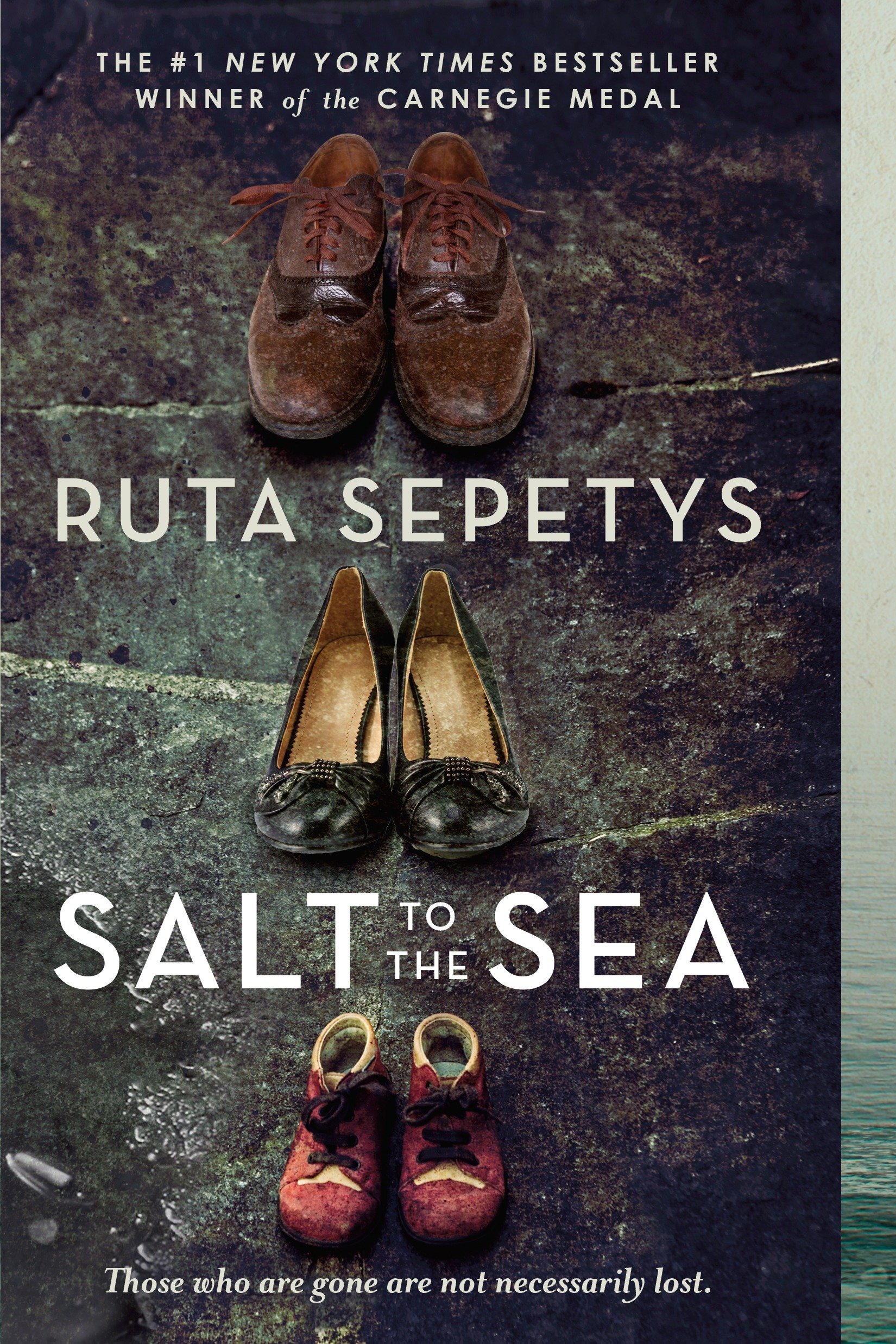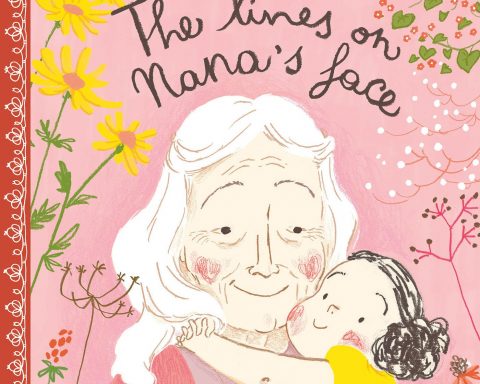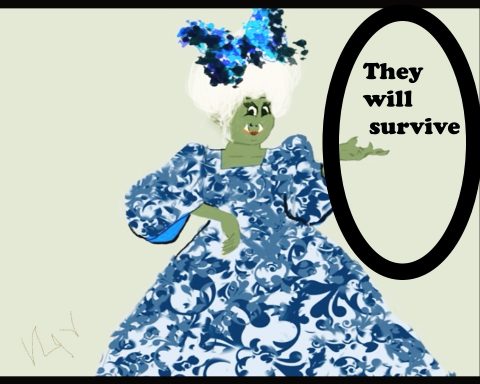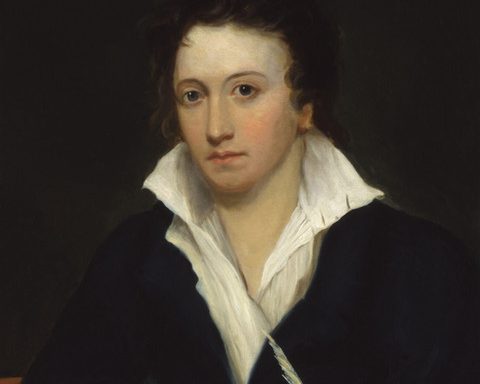Age Range: 12 and up
Grade Level: 7 – 9
Lexile Measure: HL560L (What’s this?)
Paperback: 448 pages
Publisher: Penguin Books; Reprint edition (August 1, 2017)
#1 New York Times bestseller and winner of the Carnegie Medal!
“A superlative novel . . . masterfully crafted.”–The Wall Street Journal
Based on “the forgotten tragedy that was six times deadlier than the Titanic.”–Time
Winter 1945. WWII. Four refugees. Four stories.
Each one born of a different homeland; each one hunted, and haunted, by tragedy, lies, war. As thousands desperately flock to the coast in the midst of a Soviet advance, four paths converge, vying for passage aboard the Wilhelm Gustloff, a ship that promises safety and freedom. But not all promises can be kept . . .
Review by V.Sgourelli
Salt to the Sea belongs to the category of children’s historical fiction and it certainly fits the criteria of literary merit and the Carnegie award.
It belongs to the contemporary historical fiction along with Crossley-Holland’s Gatty Tale which embraces the technique of defamiliarisation, Printer’s Devil by Bajoria who uses pastiche a technique used in the Coram Boy, The Boy in Striped Pyjamas by Boyne and many others.
Sepetys seems to share the same beliefs and she goes further than that by giving voice to four different narrators who express their own truth, using first person narration in contrast to Gavin who uses third –person narration and mostly indirect speech to remain as much objective and accurate as she can. It is fiction after all. Sepetys in one of her interviews states, “I am very interested in how history is evaluated when it’s viewed through a different lens” (Diaz, 2016) covering the criteria of realistic children’s perspective in the narrative set by the judges and the readers, adults and children. Therefore, Sepetys emphasizes the need to create historical fiction for children not only through historical lenses but also through individual feelings towards those events.
Sepetys’ knowledge of the historical events is reflected through the multiperspective first-person narration of her four main characters coming from different social and cultural backgrounds. This narrative technique adds to the authenticity of the historical events perceived by multiple perspectives..
The use of multiculturalism is reflected in the twenty first century in children’s literature (Paul, 2009). Paul (2009) recognizes that there is a need for ‘pluralism’ (p.96) where all voices from different social, racial, religious backgrounds, nationalities and abilities, are heard as a part of a more democratic literature based on realism. In Salt to the Sea there are many voices coming from various backgrounds and of different abilities. Alfred is German, Emilia Polish; Joana is Lithuanian and Florian Prussian. Ingrid a blind girl is also referred conveying, perhaps, a message that disabilities can be overcome and that sometimes are not always visible adding to the argument of the ‘structure of feelings’ as lessons for the younger readers.
There are many historical events that are accurate in the novel hence reinforcing the argument of historical accuracy. Along with the historical facts the ideologies of the Nazi regime imposed on people from diverse nationalities give an even more educational value to the novel.
The writing style of the novel is also simple and easy for the young adults to read. The chapters are not long and the sentences are very short and vary in sizes according to the suspense
Salt to the Sea deserves a place in our hearts and bookshelf. It is indeed a masterpiece that can increase empathy to children, make them aware of the past and teach them how to appreciate life. These stories had happened and are probably happening somewhere right now. The use of multiple perspectives through first person narration and historical accuracy gives the necessary authenticity to convince the readers, children and adults of the reality of the war.







